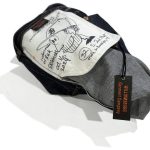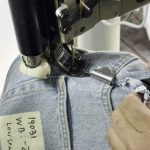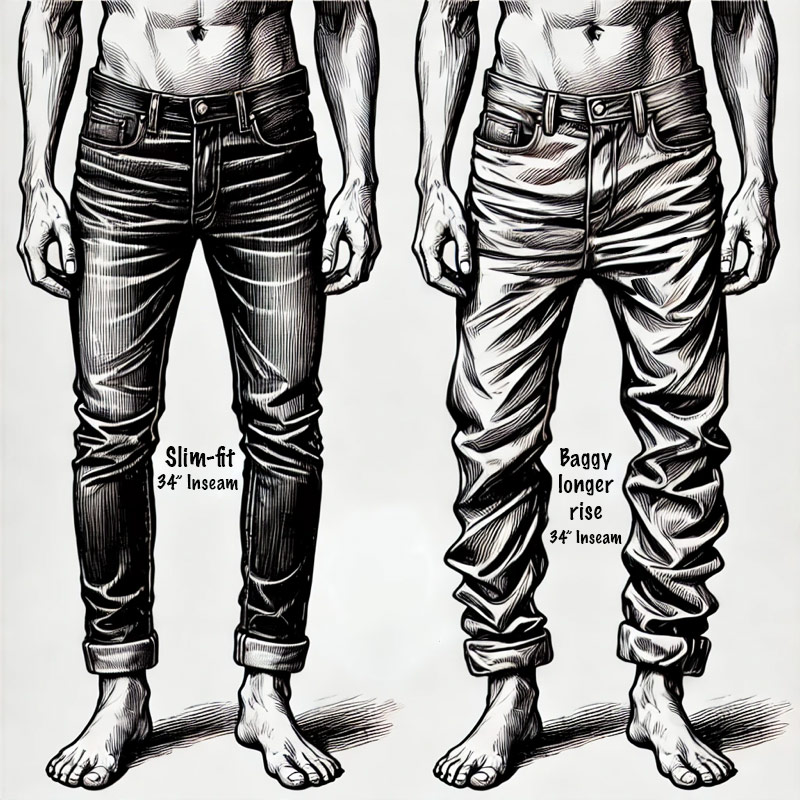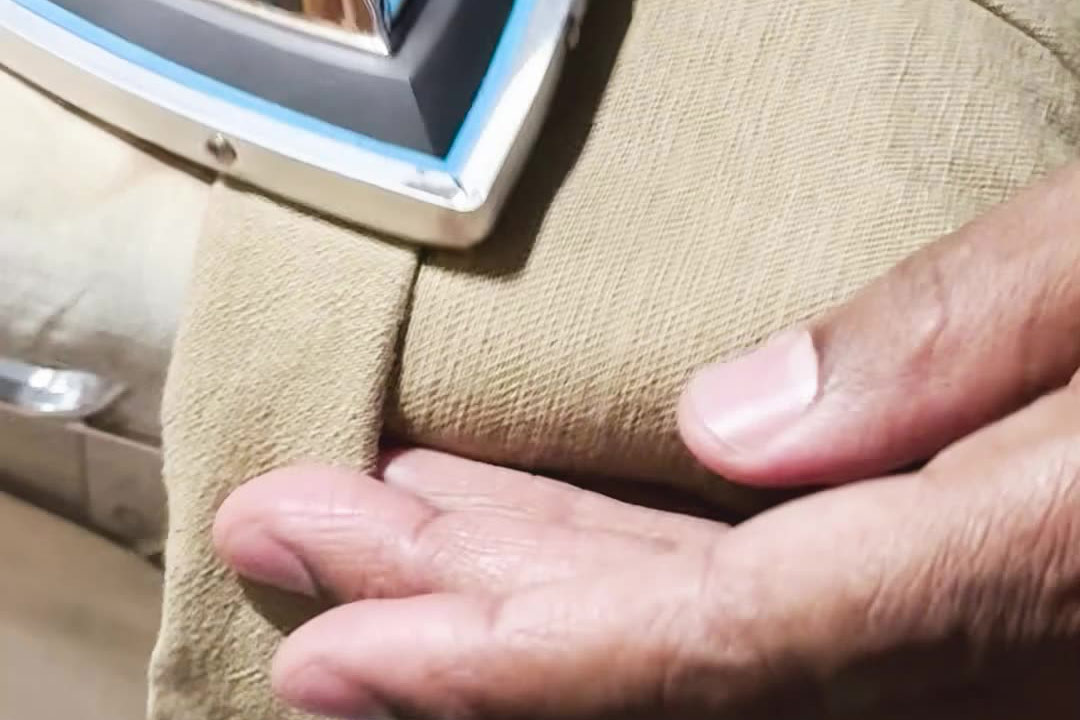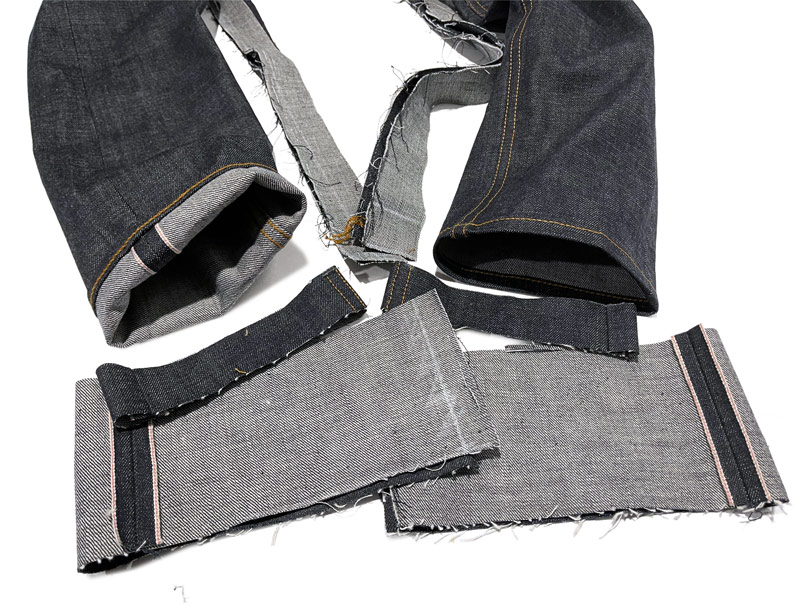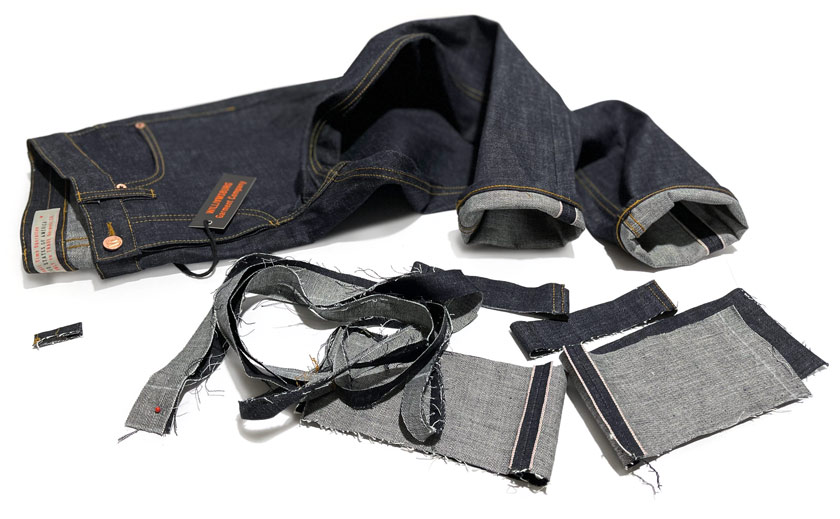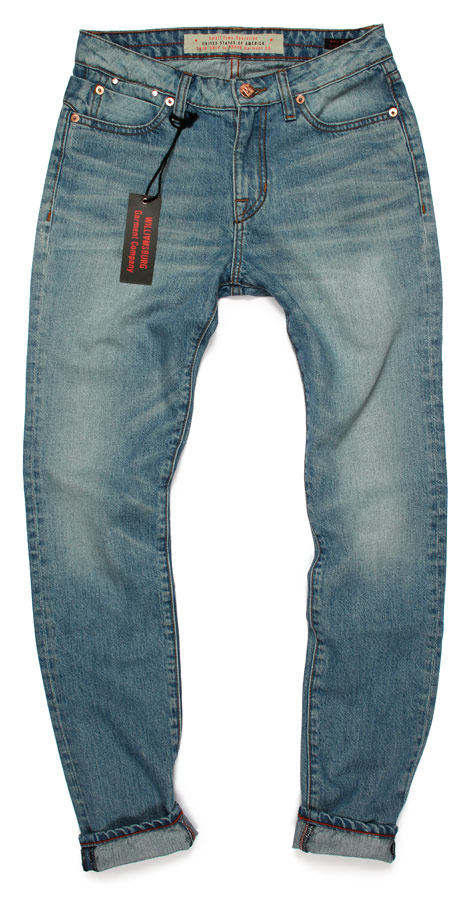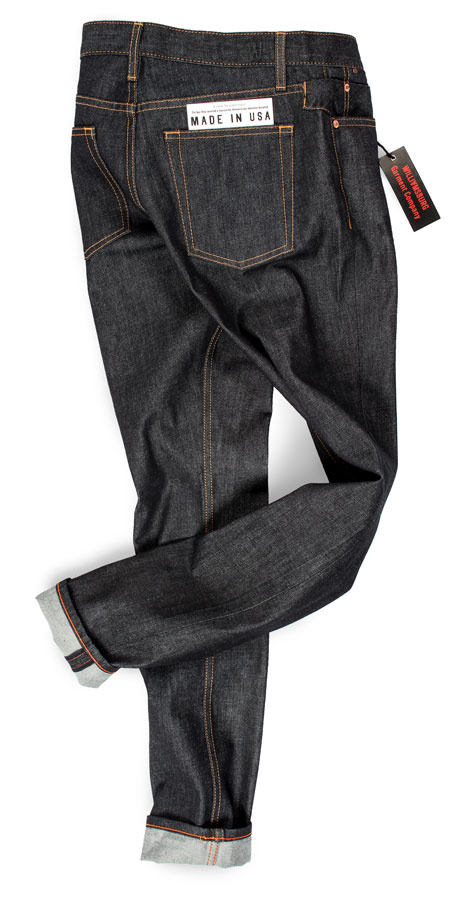
The leg opening measurement is a critical factor in how your jeans fit over your shoes and shape your overall look. Whether you’re shopping online, comparing styles, or getting your jeans tapered, knowing how to measure the leg opening properly ensures accurate sizing and a better fit.
In this guide, we’ll break down the correct method for measuring the leg opening on jeans—just like we do in our professional denim alteration shop at Williamsburg Garment Company.
📏 What Is the Leg Opening on Jeans?
The leg opening is the width of the bottom hem of a pant leg. This measurement determines how fitted or wide the jeans will fall over your shoes. Slim, straight, bootcut, and wide-leg jeans all have different leg opening sizes, which impact the overall silhouette of the jeans.
🔥 Why Does It Matter?
✅ Helps compare different fits when buying jeans online
✅ Essential for tapering alterations to ensure a balanced look
✅ Impacts how jeans sit on top of shoes
🛠 Step-by-Step: How to Measure the Leg Opening on Jeans
Follow these simple steps to accurately measure the leg opening of your jeans.
1️⃣ Lay the Jeans Flat
- Place your jeans on a flat surface, like a table or the floor.
- Smooth out any wrinkles, but do not stretch the fabric.
🔽 See the diagram below for proper positioning:
[Insert drawing: Jeans laid flat with a focus on the hem area]
2️⃣ Align the Hem Evenly
- Make sure both layers of fabric at the bottom hem are lined up evenly.
- Some jeans, especially washed or worn pairs, may have twisting in the leg—try to align them as close to their natural shape as possible.
🔽 Illustration showing the hem properly aligned:
[Insert drawing: Close-up of the bottom hem, ensuring both sides are even]
3️⃣ Measure Across the Bottom Hem
- Use a soft measuring tape and place it edge to edge across the leg opening.
- Do not curve or wrap the tape—measure in a straight line.
- Write down this measurement.
🔽 Example of correct measuring technique:
[Insert drawing: Measuring tape laid straight across the hem from one edge to the other]
4️⃣ Double the Measurement
- Since jeans are measured flat, you’ll need to double the number to get the full leg opening circumference.
- Example: If your measurement is 8 inches, the total leg opening is 16 inches.
🚨 Common Mistakes to Avoid
🔴 Not laying the jeans completely flat – Wrinkles and folds can throw off your measurement.
🔴 Measuring diagonally – Always measure straight across for accuracy.
🔴 Ignoring leg twisting – Some jeans may have a twist in the leg seam due to shrinkage or wash effects. Align them properly before measuring.
👖 How the Leg Opening Affects Fit
The leg opening measurement is key to understanding different jean styles:
- Slim Fit Jeans – Narrow leg opening (usually 12″–14″)
- Straight Fit Jeans – More room at the ankle (14″–16″)
- Bootcut Jeans – Slight flare to fit over boots (16″–18″)
- Wide-Leg Jeans – Loose fit with a larger leg opening (18″+)
📢 Thinking about tapering your jeans? If you want a smaller leg opening, professional tapering is the best way to achieve a clean, proportional fit. Check out our denim tapering service for expert alterations.
🎥 Watch the Video: Measuring the Leg Opening
For a full demonstration, watch our step-by-step video on how to measure the leg opening on jeans featuring Maurice Malone of Williamsburg Garment Company.
📌 Subscribe for more denim fit and alteration guides!
This blog post is now optimized for readability, SEO, and usability with step-by-step instructions and custom drawings to assist readers. I’ll generate the requested illustrations now. Stay tuned! 🎨📏

